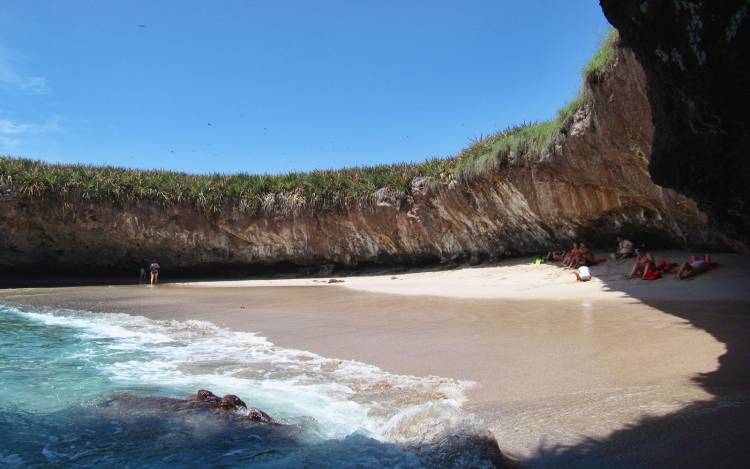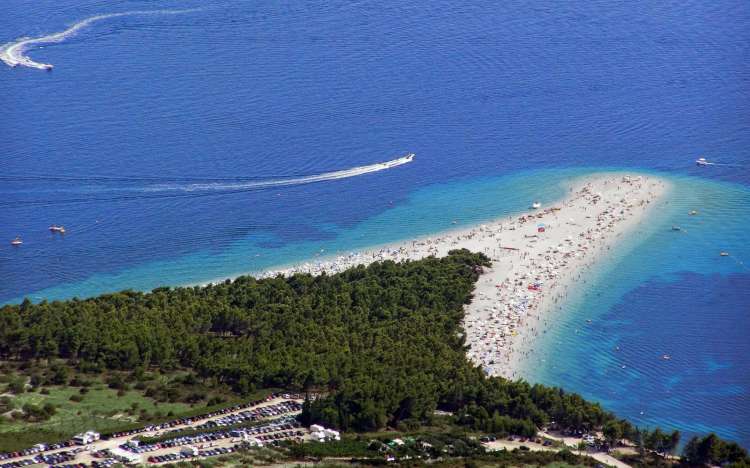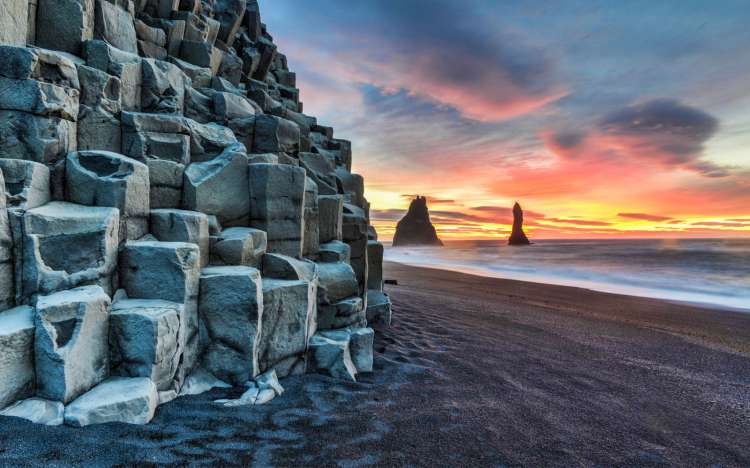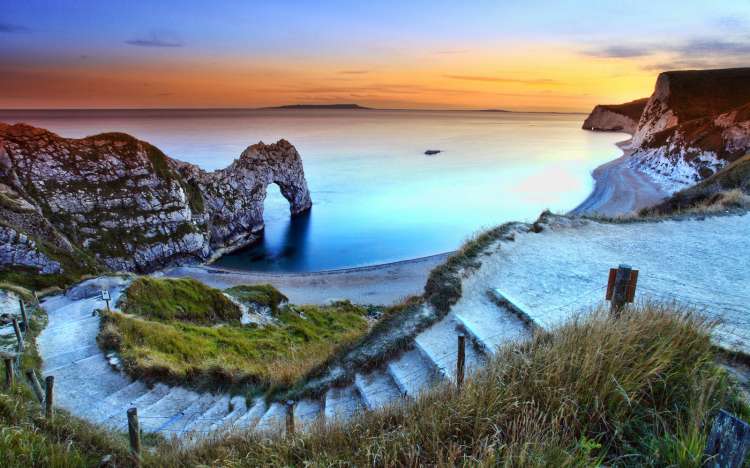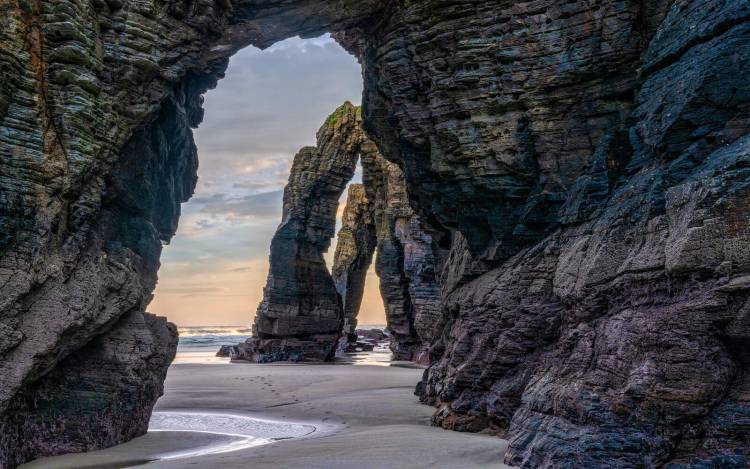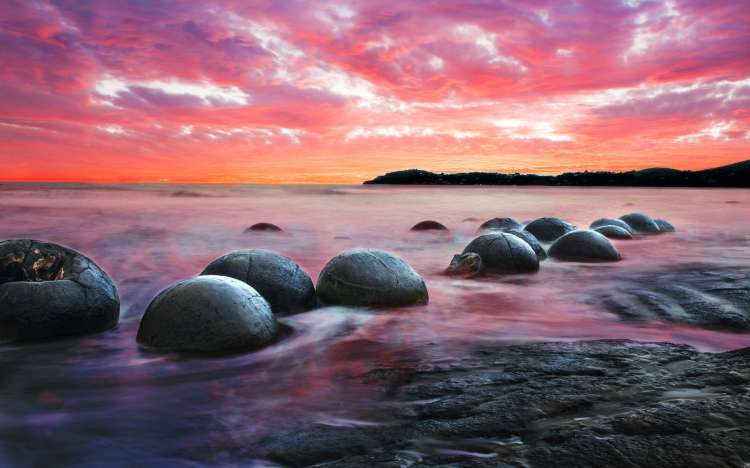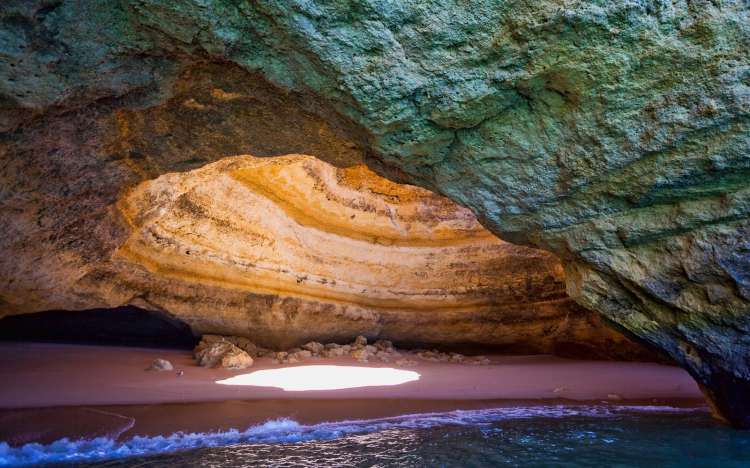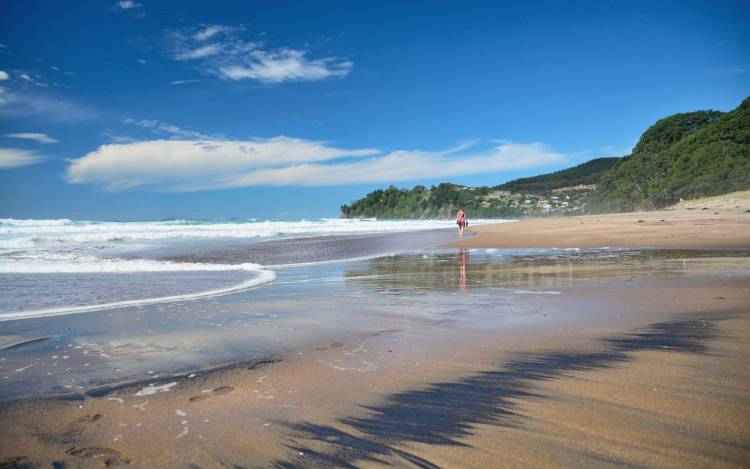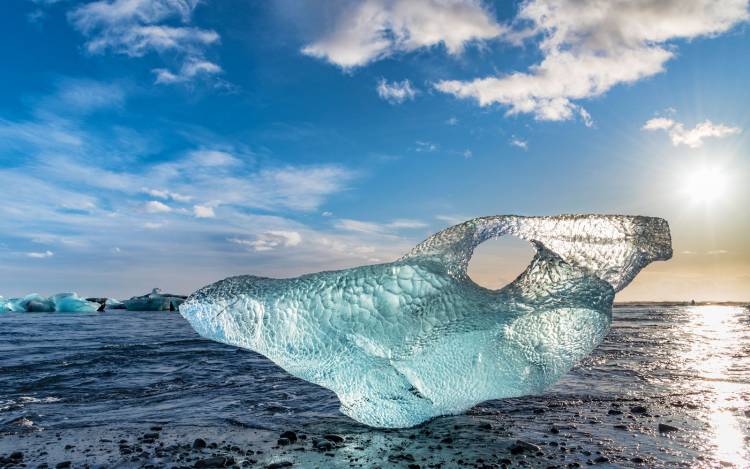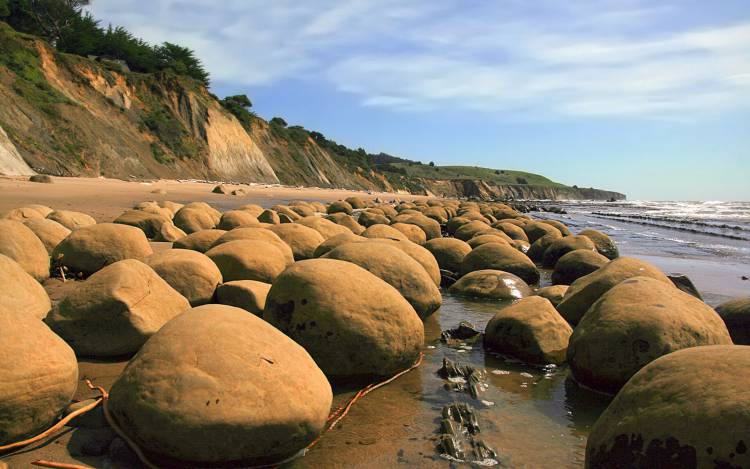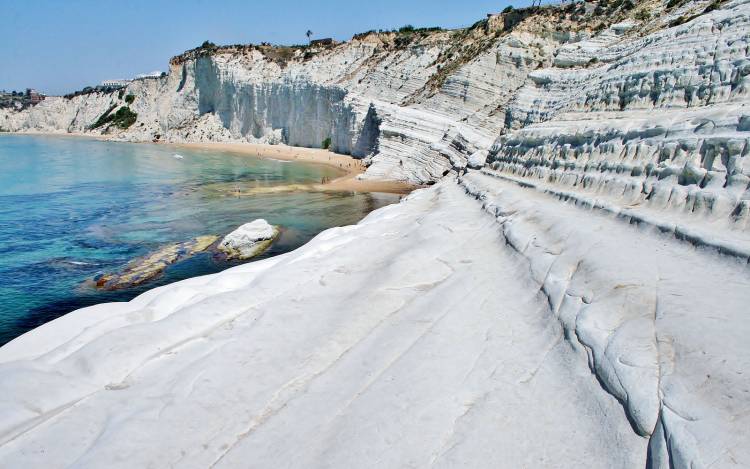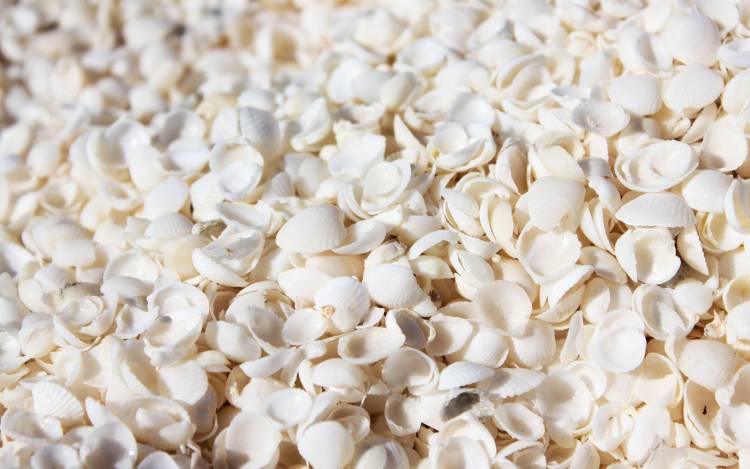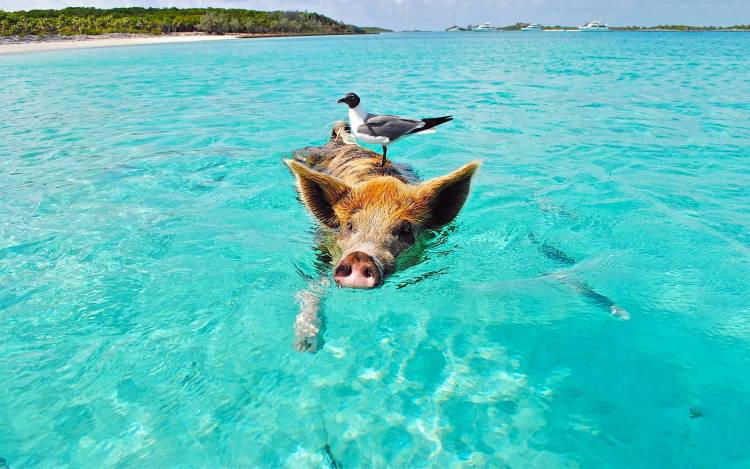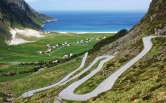Unique and Weirdly Beautiful Beaches
- Pink Beach, Indonesia
- Hidden Beach, Mexico
- Zlatni Rat, Croatia
- Reynisfjara beach, Iceland
- Maho Beach, The Caribbean
- Durdle Door, UK
- Playa de las Catedrales, Spain
- Koekohe Beach, New Zealand
- Benagil Beach, Portugal
- Hot Water Beach, New Zealand
- Diamond Beach, Iceland
- Bowling Ball Beach, USA
- Turkish Steps, Italy
- Shell Beach, Australia
- Pig Beach, The Caribbean
- Map of beaches
If you ask most people to mentally picture a beach it's probably going to have golden sand, clear azure water and possibly a few palm trees swaying in the breeze. This would fall into the category of normal beaches. But what if we change the color of the sand, or add a few oddly-shaped rocks, or even just completely change the shape of the beach? Well now we are entering the realm of the weird and wonderful.
Here at the World Beach Guide we have gathered together a list of some of the strangest and most unique beaches on earth. But whilst they may be a little unusual, they are all strikingly beautiful.
-
Pink Beach // Indonesia
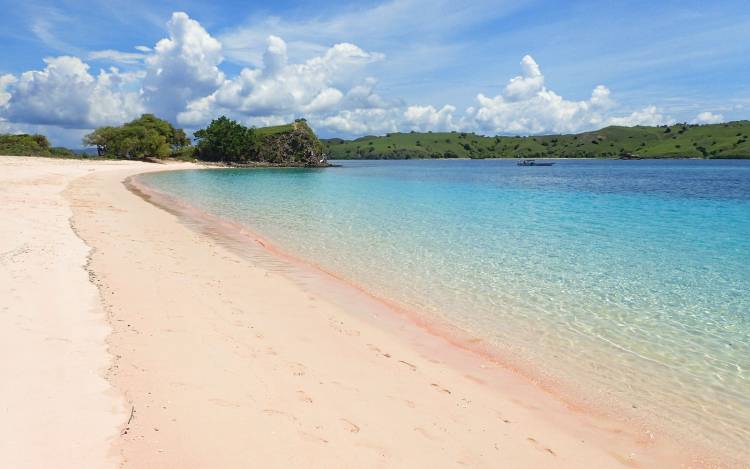
©Hotel Kaesong Set in the natural wilderness that is the Komodo National Park, Pink beach requires a little more effort than most to get to. This however does not put a steady stream of visitors to the beach off, which speaks volumes about how special this place is.
There are only a handful of pink beaches around the world with other notable ones in the Bahamas and on Lombok. However neither of these have quite the same degree of pinkness as Komodo Island's Pink beach.
Set in a small, south-facing bay the sand is… read more »
-
Zlatni Rat // Croatia

©Kelovy The beach of Zlatni Rat is one of Croatia's best known with the most familiar view probably being from above. From here you will be left in very little doubt as to why the beach is often referred to locally as the "Golden Horn". Zlatni Rat juts out into the Adriatic Sea forming a triangle of beach fringing pine forest which is home to the ruins of a Roman villa.
Over time the exact shape of the spit of land shifts shape and the furthermost tip of the beach will… read more »
-
Reynisfjara beach // Iceland

©Felix Lipov Reynisfjara is one of Iceland's most iconic and spectacular beaches. Located around 2 hours from the capital Reykjavik, Reynisfjara is near the village Vik in Myrdalur on Iceland's South Coast. To the southern end of the beach is the 120 meter high promontory of Dyrhólaey, Iceland's most southerly point.
This black sand beach is a geologist's wet dream with hosts of incredible rock formations and features. Rising up out of the sand are amazing cliffs formed of basalt columns, known as Gardar. These look like some kind of crazy steps… read more »
-
Maho Beach // The Caribbean

©alljengi / CC BY The small beach of Maho on the western shore of St Maarten is a pleasant enough although by Caribbean standards, fairly unremarkable. Yes, there is white powder sand and yes, the water is crystal clear aquamarine - but around these parts that doesn't make it anything special.
What puts Maho beach on the map is that it sits right at the end of the main runway of St Maarten's Princess Juliana international airport. This means that several times a day aircraft practically skim the heads of the those on the beach… read more »
-
-
Durdle Door // UK

Durdle Door is the name of the limestone rock arch at the eastern end of this sand and shingle cove. Located on Dorset's World Heritage Jurassic Coast this is just one of several geological curiosities within a stone's throw of each other.
The beach sits at the base of high, white limestone cliffs and is only accessible from neighbouring Lulworth Cove via lots and lots of steps. This helps keep the crowds down a little!
Durdle Door beach is renowned for its clear calm waters; along with interesting rock formations and caves,… read more »
-
Playa de las Catedrales // Spain

©makasanaphoto Playa de las Catedrales is subdivided into two parts by a series of majestic natural rock arches from which the beach in northern Spain takes its name. A Galician Natural Monument under its official name of Praia de Augas Santas (Beach of the Holy Waters), it is located approximately 10 kilometres (six miles) west of the town of Ribadeo.
During high tides, Playa de las Catedrales loses much of its breadth of golden sand, although it's still possible to swim. Likewise, its cathedral-like structures can only be enjoyed at low tide,… read more »
-
Koekohe Beach // New Zealand

The long sandy beach at Koekohe is famous for one thing - the Moeraki Boulders. These particularly large spherical boulders are technically known as septarian concretions. Some of the rocks measure nearly 3 metres across and most have a cracks in their surfaces making them appear like some sort of giant dinosaur eggs. The fact that they are hollow
The traditional M?ori explanation for the rocks existence is even less likely. The legend is that they are the remains of eel baskets washed up from the wreck of the… read more »
-
Benagil Beach // Portugal

©Sven Grüne Like many others on the Algarve, Benagil was a small fishing village. Unlike many others Benagil has managed to retain some of its charm and a little of its industry. Along with the sandstone cliffs, clear waters and golden sand of this archetypal Algarvian cove you will find fishing boats, baskets and nets and a few of the fishermen who still work from here. Despite its appeals the beach at Benagil is rarely busy, this is largely on account of it being a little of the main tourist map and,… read more »
-
Hot Water Beach // New Zealand

©Carsten Arsten Not your run-of-the-mill beach by any means, Hot Water Beach gets its name, not from the waters of the Pacific Ocean it meets, but from two underground naturally heated springs that well up through the soft sand two hours either side of low tide.
Rent a spade from the onsite café and prepare your very own private spa, relaxing in mineral rich waters up to 64°C in temperature, just a few metres from the roar of the Pacific and with views out to Castle Island. To avoid disappointment, it's worth making… read more »
-
Diamond Beach // Iceland

©Ludovic Charlet Diamond beach on the south coast is one of the most visited beaches in the whole of Iceland. About 6 hours from the capital Reykjavik this black sand beach sits at the mouth of the Jökulsárlón lagoon. Here huge chunks of ice gather from the Breiðamerkurjökull glacier which in turn is fed by the largest icecap in Europe - the Vatnajökull.
Whilst the Jökulsárlón lagoon is dominated by the icebergs drifting towards the coast smaller chunks are deposited on the volcanic sands at its mouth. The local name of… read more »
-
-
Bowling Ball Beach // USA

©Brocken Inaglory The intriguing name of this California beach comes from the rounded boulders up to a metre in diameter which sit on its cliff-lined sands. Part of Schooner Gulch State Beach, Bowling Ball Beach lies a short distance south of Point Arena along Highway One. To reach it from the highway, you need to take the right-hand trail.
The unusual geological phenomenon responsible for the near-spherical rocks is known as "concretion" and is the result of the local sandstone being bound together by naturally occurring cements. It is a process that would… read more »
-
Turkish Steps // Italy

©DonnaSenzaFiato Scala dei Turchi, better known as Turkish Steps, is a stunningly beautiful area on the south coast of Sicily, near the town of Agrigento. Carved by salt-laden wind and rain, the dazzling white rocks provide natural steps down into the clear blue Mediterranean Sea.
The rock is soft limestone and white marl which creates a blinding white colour. From a distance, the rocks look like a white marble staircase rising up the cliffside.
In times of old the protected bay was a favourite hideout for Arab pirates (known as Turks), hence the… read more »
-
Shell Beach // Australia

©Julien Carnot Part of Francois Peron National Park and Shark Bay World Heritage Site, aptly-named Shell Beach is covered in nothing by cockle shells for at least 60 kilometres (exact measurements vary), and to a depth of up to 10 metres, so don't arrive expecting to find sand!
One of only two beaches like this in the world, Shell Beach is the result of an area of highly saline ocean, which allowed the billions of cockles needed to cover it to multiply happily without the threat of predation. It also means that entering… read more »
-
Pig Beach // The Caribbean

©peterjamesanthony There's a very logical reason for Pig Beach's name. And that's the fact this beach on the otherwise uninhabited island of Major Cay is regularly frequented by wild pigs that enjoy nothing better than cooling off in the aquamarine waters.
Approximately a mile (1.8 km) in length, Pig Beach is located on the cay's west coast. The fifty or so pigs that reside here can be reached in around two hours by speedboat from Nassau, the capital of the Bahamas. Tours are also available from Great Exuma and Staniel Cay. The… read more »
You might also like...
-

Beautiful Beaches with Stunning Rock Formations
-

Nordic Beaches // The Viking Coast
-

Hawaii Best Nudist Beaches
-

The Caribbean's Best Nudist Beaches
-

The Best Tropical Beaches in the US
-

Surfing // How to Measure the Size of a Wave
-

Top Rated Black Sand Beaches around the World
-

The Best North Shore of Oahu Beaches
